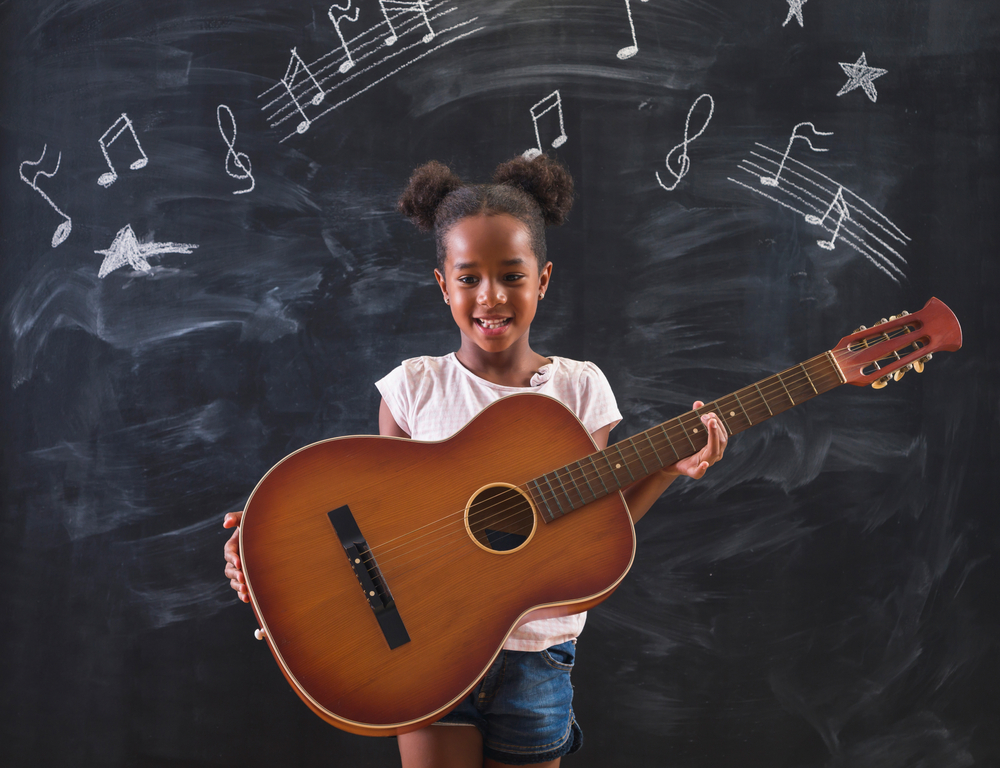Letter-sound recognition Alphabet Worksheets for Ages 4-6
4 filtered results
-
From - To
Discover our engaging Letter-Sound Recognition Alphabet Worksheets designed for children ages 4-6! These interactive worksheets help young learners master the connection between letters and their corresponding sounds. By incorporating fun activities like matching, tracing, and coloring, kids enhance their phonemic awareness while building foundational reading skills. Perfect for home or classroom use, our resources are tailored to cater to different learning styles, ensuring that every child develops confidence in their abilities. Empower your little ones as they embark on this exciting journey to literacy! Explore our wide range of printable worksheets and watch your child's reading skills blossom today!
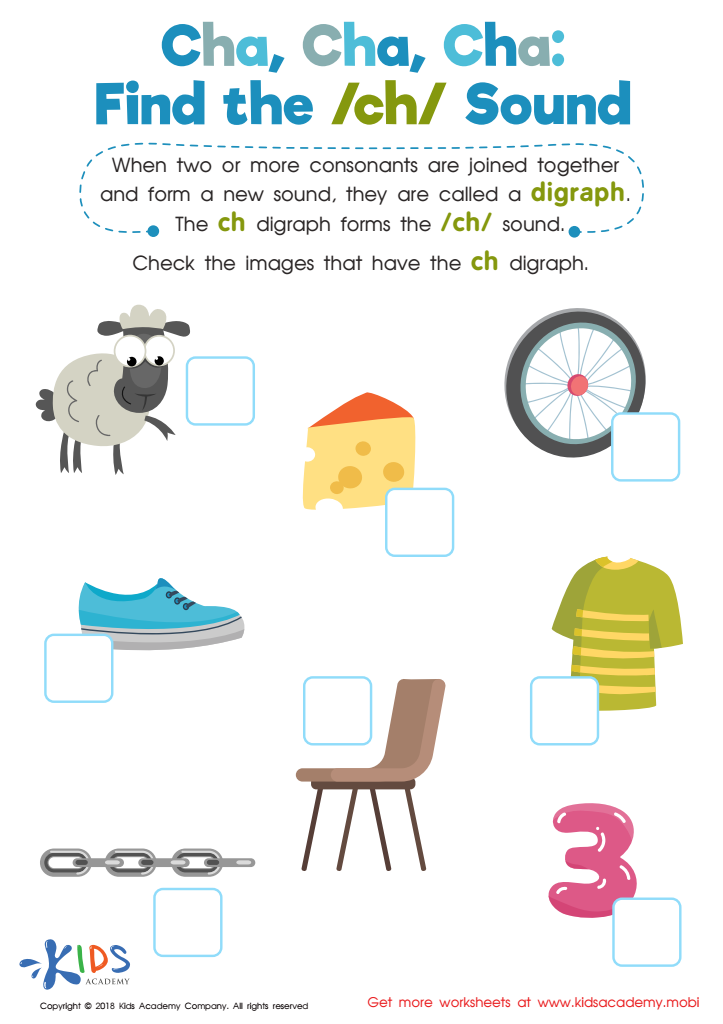

Cha, Cha, Cha: Find the /Ch/ Sound Worksheet
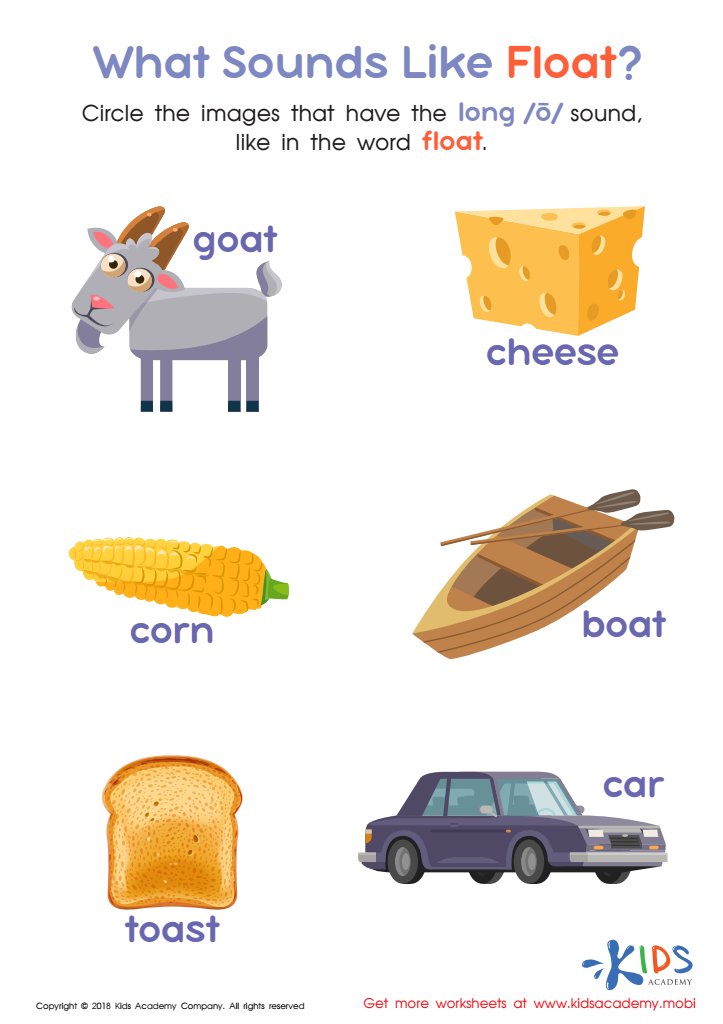

What Sounds Like Float? Worksheet
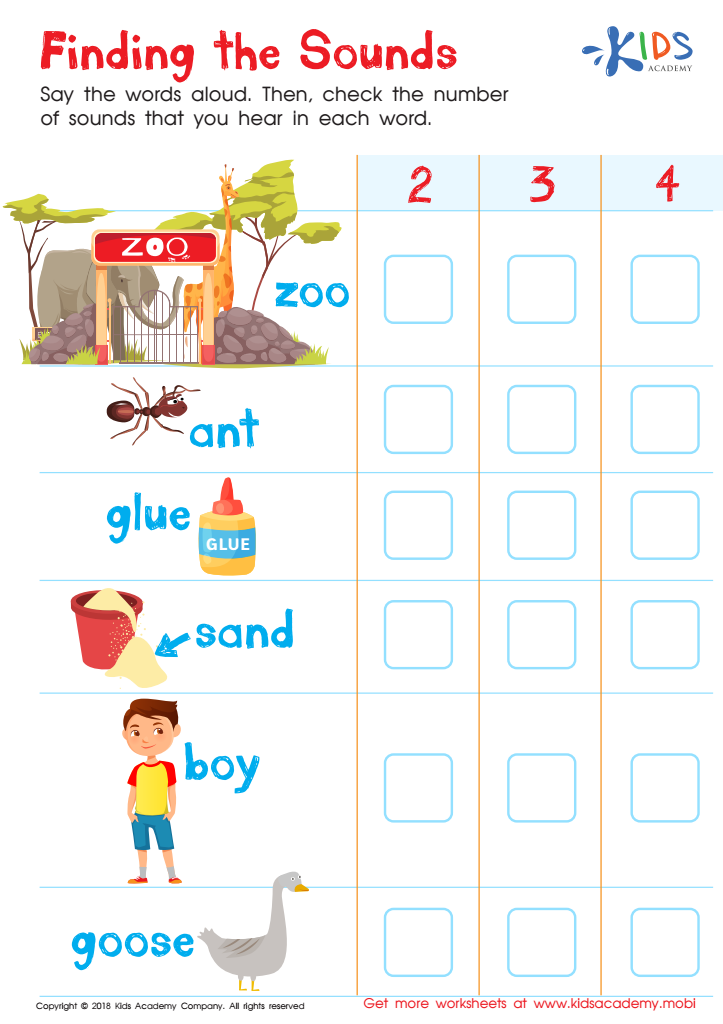

Finding the Sounds Worksheet
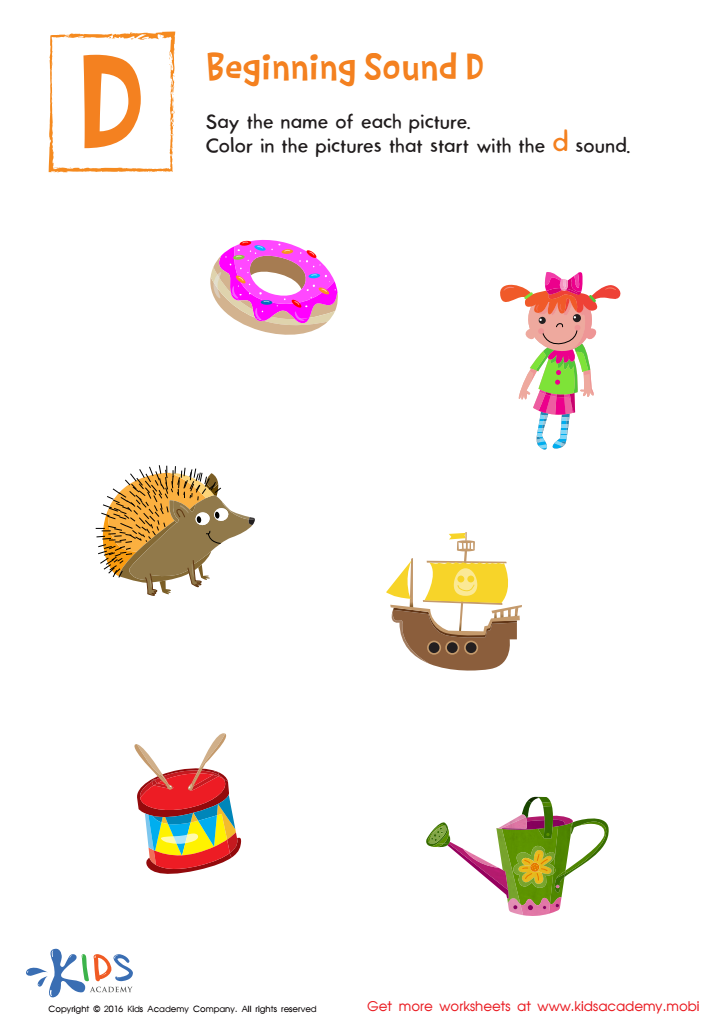

Beginning Sound D Worksheet
Letter-sound recognition is a critical foundational skill for children aged 4-6, and understanding its importance can significantly impact the educational journey of young learners. This skill involves recognizing letters and associating them with their corresponding sounds, forming the basis for reading and writing.
For parents and teachers, fostering letter-sound recognition is vital because it lays the groundwork for literacy. Children who can successfully identify letters and their sounds can begin to decode words, enabling them to read simple texts with confidence. This early mastering can boost their self-esteem and enthusiasm for learning.
Additionally, strong letter-sound recognition enhances phonemic awareness, which is crucial in developing spelling and writing skills as children progress. The ability to segment sounds in words assists in recognizing patterns which are essential for their future academic success.
Moreover, engaging in activities that promote letter-sound recognition can bolster children's cognitive development and language skills. Fun and interactive learning sessions can bond parents and children while making vital academic skills enjoyable.
Ultimately, investing time and effort into helping children develop these early literacy skills sets them on a path for lifelong learning and communication, positively influencing their overall educational trajectory.

 Assign to My Students
Assign to My Students




